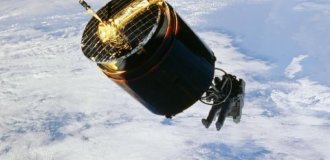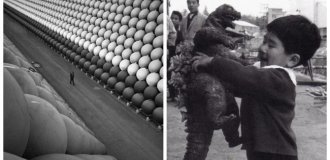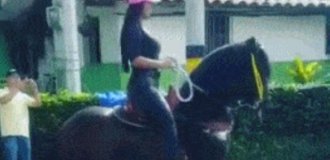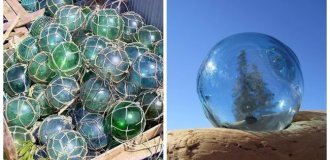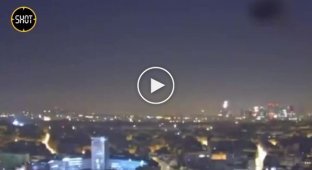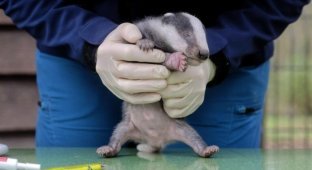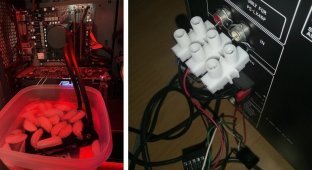DART mission: test results to change the trajectory of an asteroid (5 photos + 3 videos)
On September 26, 2022, the DART spacecraft intentionally crashed into the asteroid Dimorph. This was done to check whether change trajectory and redirect a potentially dangerous asteroid away from the earth. In general, the experiment was recognized as successful: Dimorph's orbit has changed. But not in the way scientists thought.
So, a spacecraft the size of a refrigerator at a speed of 22,000 km/ h crashed into an asteroid 160 meters wide.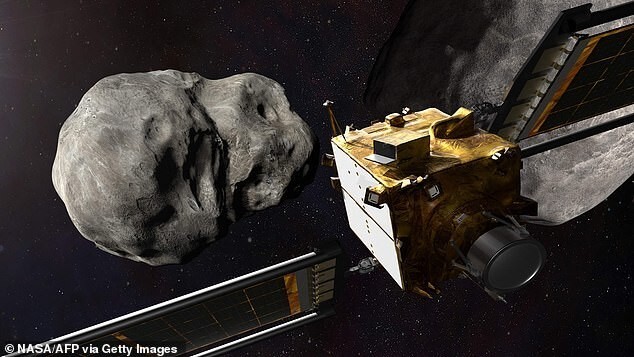
After the collision, there was a strong release of matter and formed a dust tail tens of thousands of kilometers long. The explosion was unusual, clouds of dust erupted from the asteroid for almost two weeks, and in addition to the momentum from the impact, he received an additional momentum due to the recoil effect from the ejection of rocks.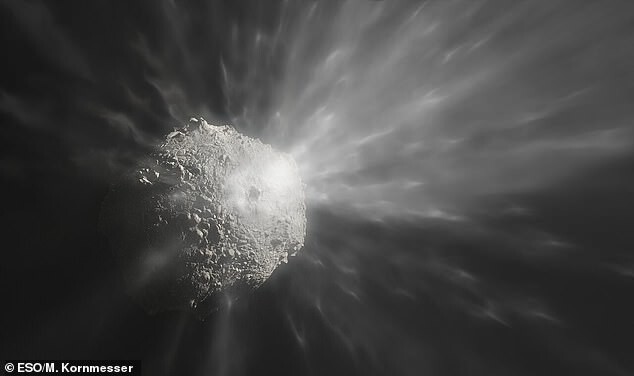
Dimorph is reported to have lost 0.3-0.5% of its mass. Both its mass and the speed of its rotation around have changed. satellite asteroid (Didim), and orbit. However, if the calculations predicted reduction of Dimorph's orbit by 10 minutes, then in reality the change was in 3.5 times stronger - the asteroid's orbit was reduced by 33 minutes.
Scientists from the University of Edinburgh shared photos dust clouds formed after the explosion. They used their observations to study the composition of the asteroid and the consequences of the collision.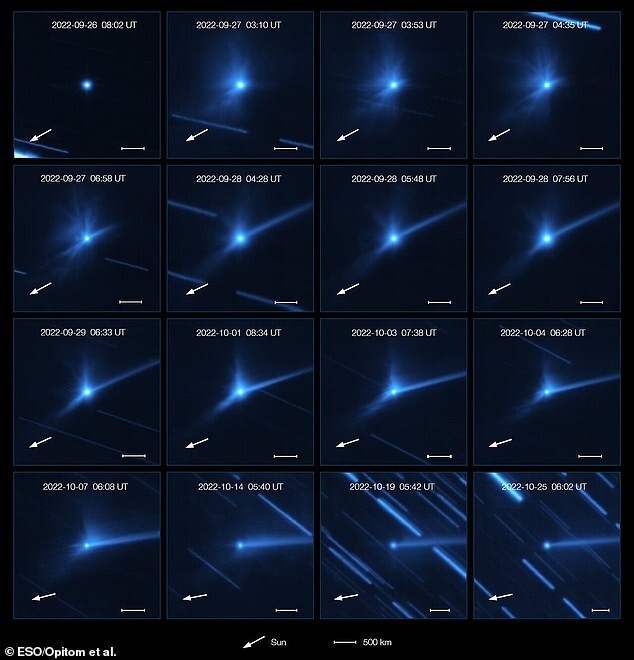
The evolution of the debris cloud. The first picture is directly before the impact, the last - almost a month later. The white arrow points direction of the sun. The stripes in the background are the stars. The pictures were taken with the MUSE instrument at the Very Large Telescope.
“Asteroids are one of the main sources of information about from which all the planets and moons in our solar system were created, said University of Edinburgh PhD student Brian Murphy.
That is, the cloud of dust left after DART crashed into Dimorph, can tell us about what happened when our solar system was formed. You can also get more data on the chemical composition of the asteroid.
A team of researchers used the Very Large Telescope (VLT) European Southern Observatory to monitor the DART mission. They over the course of a month, we observed the evolution of a cloud of debris and dust from using the Multi Unit Spectroscopic Explorer (MUSE) instrument. And found that immediately after the collision, the dust acquired a blue color - this indicated that it consisted of very small particles. But over time the particles began to gather together and form clumps, spirals and a long tail away from solar radiation. The tail and spirals seemed more redder than the original dust cloud, suggesting that they are made up of larger particles.
The MUSE instrument also allowed scientists to study the chemical composition of Dimorph by the dust he threw out. This is possible due to the fact that certain wavelengths of sunlight are reflected by certain molecules such as water (H₂O) and oxygen (O₂), and this allows them to identify. These two molecules, in particular, indicate the presence ice inside the asteroid, but none of them could be found.
Another group of scientists from the Armagh Observatory and Planetarium used a different VLT tool to study the effects collisions. They found that the light reflected by the surface asteroid, immediately after the collision became less polarized and more randomly oriented.
The asteroid reflected more light after the impact, that is, its the inside is smoother than the rough outside. The fact that the inside has a smoother texture and more correct molecular structure than the outer one can be explained by the fact that it does not exposed to solar wind and radiation.
Another possibility is that DART is completely destroyed the top layer of Dimorph, which led to the formation of small particles dust. The fact is that, under certain circumstances, smaller fragments reflect light more efficiently and less effectively polarize.
If you are interested in the topic of asteroids, pay attention to NASA interactive tool Eyes on Asteroids. It allows you to follow asteroids flying towards the Earth.
